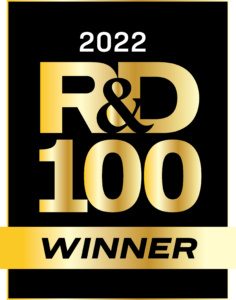ABSTRACT:
Researchers at Berkeley Lab have developed technologies related to a solar fuel generator. In one aspect, a device includes a photovoltaic cell, the photovoltaic cell having a first surface and a second surface, a mesh disposed on the first surface of the photovoltaic cell, and a polymer disposed on the mesh and on the first surface of the photovoltaic cell. The mesh has a catalyst disposed thereon. The polymer covers the first surface of the photovoltaic cell, with at least a portion of the mesh not being covered with the polymer.
Since the first demonstration of photoelectrochemical water splitting, significant progress has been made in demonstrating high-efficiency, solar-driven hydrogen generators using various architectures and materials combinations. Additional demonstrations have incorporated novel materials, designs, and corrosion protection schemes. While energy conversion efficiency is an important characteristic of such devices, recent prospective lifecycle assessments and technoeconomic analyses have highlighted that device lifetime is also a critical consideration for a viable technology. Efficiency is affected by the combinations of materials used, the operational electrochemical environment, and the physical arrangement of the components within the device. Lifetime is affected by the stability of materials during active and inactive periods in contact with electrolyte, which are defined by photoelectrochemical and electrochemical properties of the materials, respectively, as well as the presence of defects over various length scales. In addition, safe operation requires separation of hydrogen and oxygen products to ensure explosive gas mixtures are not generated at any location in the device. Simultaneously achieving high efficiency, long lifetime, and pure gas product streams is a challenge to realizing useful device performance characteristics.
For details, see the published PCT Patent Application US2017/040674 (Publication 2018/017320A1).
STATUS: Published PCT Patent Application US2017/040674 (Publication 2018/017320A1). Available for licensing or collaborative research.

